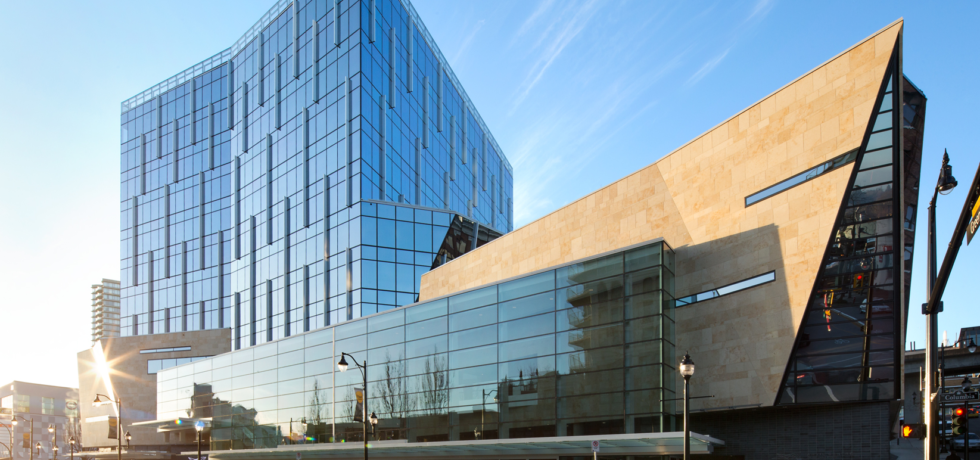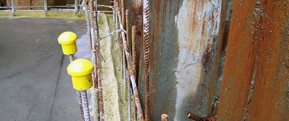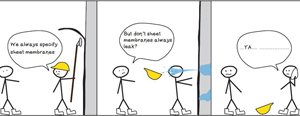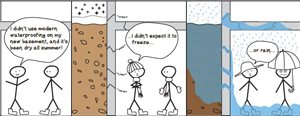Category
- Concrete Technology
A great deal of research and development goes into the design of every single construction project around the world. From concept to execution, every aspect of the build process needs to be accounted for. This is especially true for construction projects that will be housing individuals, whether it be for
their work-life or home-life, only the best will do. The science behind the building becomes ever more vital to the construction process.
Building science draws upon many disciplines, including physics, chemistry, engineering, architecture, and life science in order to understand building performance. The entire building system with regards to how it impacts energy efficiency, comfort of the occupants, and air quality are all accounted for. Further, the durability of the building is an essential aspect insofar as building science deals with the full life cycle of the construction.
In essence, building science is dealing with the performance or level of service provided by the building as a whole. To evaluate the effectiveness of a building throughout its life cycle, all materials are thoroughly researched and tested to ensure sustainability. These materials or products must be integrated by designers in order to achieve durable performance.
For a building, one of the most important issues is premature deterioration due to weathering. In many cases, this envelope is made entirely of concrete, a durable material to begin with, however, not entirely waterproof. Often, an external membrane is used to wrap the concrete structure to improve the water tightness of the building.
As building science research evolves, consideration is being given to the life cycle of materials, which includes maintenance and renewal, not just initial costs. Waterproofing membranes typically must be renewed multiple times over the life cycle of a building.
Thankfully, with innovative research, new technologies have come to the forefront, such as crystalline waterproofing admixtures. Instead of adding a waterproof barrier, crystalline admixtures like Krystol Internal Membrane (KIM) are added to the concrete mix and turn the concrete into the waterproofing barrier for the building. This not only streamlines the building process but also fits into the building science charge of efficiency and sustainability throughout the life cycle of the building. KIM not only ensures a durable concrete structure by blocking the infiltration of water and water borne chemicals, but does so for the life of the concrete structure. Furthermore, at the end of service, the concrete can be recycled unlike that of an external membrane.
The building science effort continues with innovation at its heart, motivating products and materials to work for the overall system of a building. With this in mind, the future of building science knows no bounds and will continue to ensure that failing buildings do not exist in the future.







